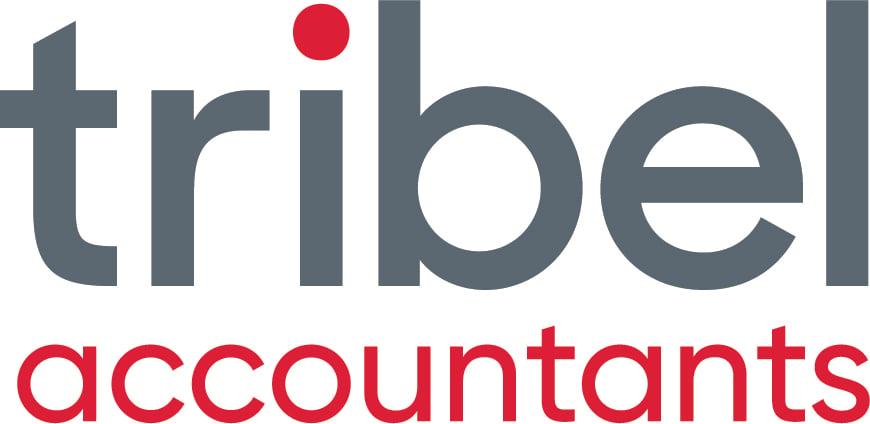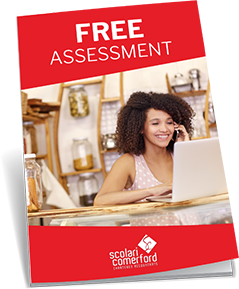INTRODUCTION:
Most owners will have a fair idea of how their business is going but occasionally when sitting down with their small business accountants at the end of the financial year, they will struggle to understand how they have made a bottom line they have been told and the amount of tax they have to pay. Now is the accountant always right? Of course not.
Getting an accurate result of how your business is travelling can be hindered by a number of factors.
Here are 5 tips on making sure that your reported business performance is what it says it is.

Figure 1: "What you talkin' about Lewis?" - ask your accountant plenty of questions when reviewing results and tax.
1. Budget V. Actual
One of the best ways to check that everything makes sense is to sit down and perform a 3 way budget. Three way budgets predict what your:
- profits each month should look like;
- balance sheet each month should look like; and
- cash flow should look like.
Once you are happy with these, you should enter these into your budgeted section of your accounting system each month. The cash flow forecasts and profits will predict balances after taking into account debtor days, supplier days, gross margins and levels of sales and overheads.
At the end of the year, compare the actual to budget for the whole year. Any major differences should be queried and followed up. This will usually explain why budgets weren't met or the fact that some of the numbers have been incorrectly reported.
2. Regular reconciling Of Accounts Using Cloud Technology
Accurate and timely information all year is the key to running a successful profitable and cash flow generating business. If you are not on the cloud for accounting (we recommend Xero for most small businesses) then you should strongly consider it as the daily bank feeds make reconciling much easier to to do and allow numbers to be reported more quickly so you can take appropriate action.
Daily reconciling allows you to:
- Chase up monies owed to you;
- Reduce unwanted stock levels and review purchasing patterns;
- Review and reduce where necessary overheads;
- Borrow more money from the banks where required due to solid monitoring of finances (banks look for this).

Figure 2: Every cloud has a silver lining - if you're not on it yet, strongly consider it. Photo courtesy Balmain Baz & Lara Scolari Gallery Balmain.
3. Understanding where the profit Is Sitting
When you sit down with your small business accountant to discuss the year and the tax returns, ask them to explain where the money made is actually 'sitting'. What does this mean? Well, you could have high profits but no cash due to:
- inventory levels building up (monies made have been reinvested back into more stock);
- people aren't paying you within the required trading terms;
- high dividends/drawings paid during the year;
- too much debt paid off too quickly;
- suppliers being paid faster that trading terms required or before you are paid by your customers; or
- the figures are just wrong!
4. Strong Internal control Systems
When was the last time you checked that figures are being reported correctly and/or there aren't any 'leakages'.
These could include:
- invoices not being raised for goods sold;
- double paying of supplier invoices;
- people ordering without proper authority;
- stock being damaged or pilfered by customers and staff;
- staff bringing in their own stock and selling it (yes I have seen bar people bring in their own spirits from the bottle shop which they paid for and then sold it for the sale price without ringing it up - no stock is missing and the margins look right but the sales will be down!).
5. The Risk With Inventories
Whether it's Dick Smith or Harris Scarfe (famous collapses) whenever trading stock is involved it's very important that extra care is taken with its accounting. Regular stock takes with correct cut-offs is crucial to getting the result accurate in terms of margins and end results. If your stock is overvalued for whatever reason including what you can sell it for as opposed to its cost or just simply overestimated when it doesn't exist, then your bottom line will be overstated and you will be on your way to disaster. Your accountants Sydney & Dubbo should be able to assist you with this.
CONCLUSION:
Nobody expects you to understand all of the numbers by yourself. However, consider these tips above or it could all come crashing down. Worse still you could have fixed the problem earlier, made more money and saved the business. Business valuers will look at the above 5 tips when assessing your business valuation and the better you can answer these and show these the greater the chance you will sell you enterprise for a much higher price.
Now that is something worth putting the effort in for!


.png?width=100&height=100&name=COVID_Safe_Badge_Digital%20(002).png)




